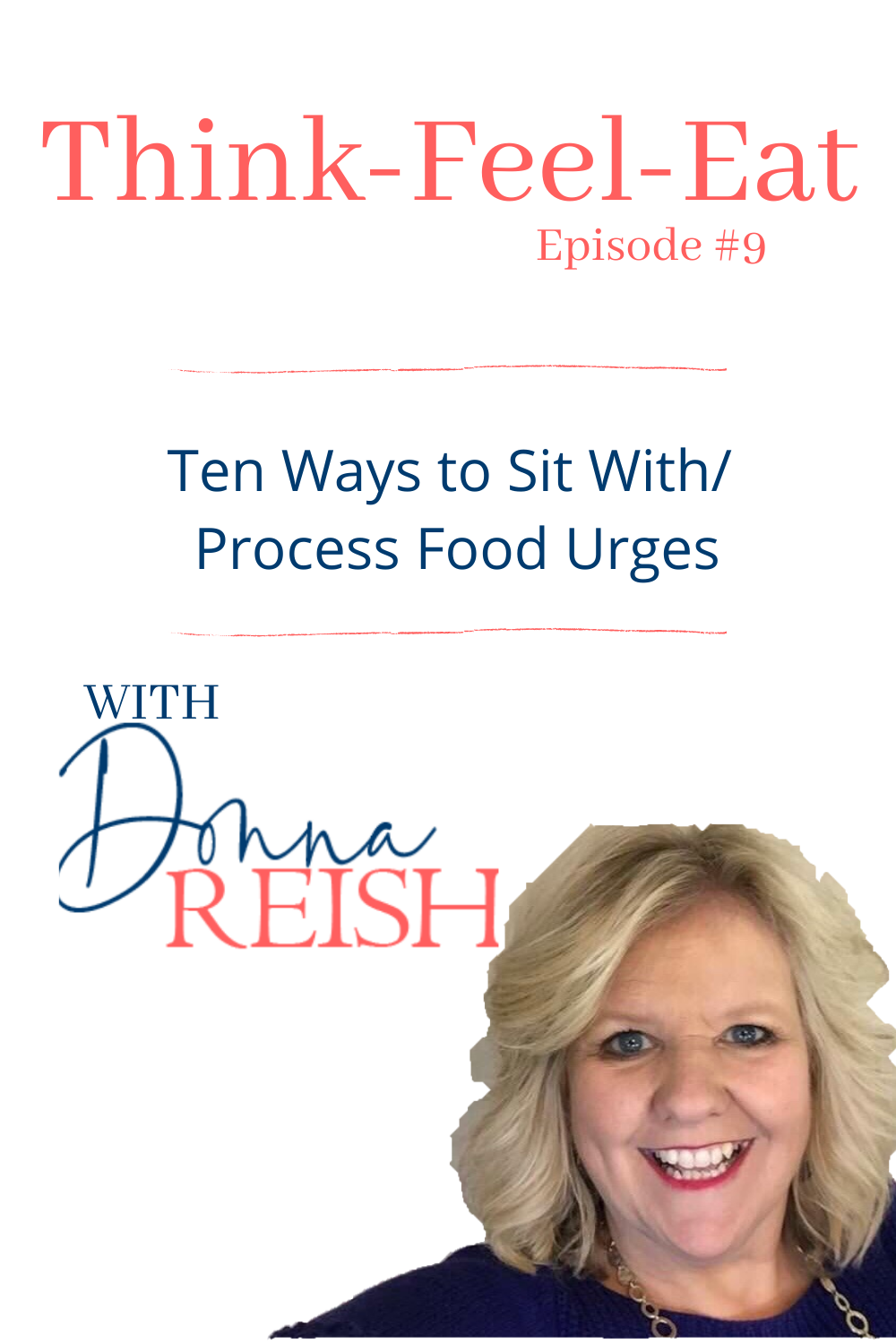
Think-Feel-Eat Episode #13: Foundations of Your Food Protocol Part I
Hi! I’m Donna Reish, IF teacher, weight loss coach, blogger, and half of “The Minus 220 Pound Pair” as my husband and I have lost over 200 pounds together (160 of that in the past couple of years through the Weight Loss Lifestyle habits and strategies I teach!).
In this episode, I present the introduction to the Perfect Storm of Weight Loss.
The Perfect Storm of Weight Loss has three components. They are not steps. They are interrelated aspects. They each affect the other.
We start with Food—in this Foundations of My Food Protocol Part I—because our weight loss will be heavily influenced by FOOD—
1) Time we eat food;
2) Type of food we eat;
3) Amount of food we eat.
But, again, the three aspects are related to each other—the Food we choose affects our dopamine, our cravings, our willpower, and our amounts.
The Time we choose to eat in affects our hormones, our hunger, and our satiety.
The Amounts we choose to eat will affect our ability to keep our Time in check—and which foods we choose. (My husband likes larger amounts of food, so his food choices have to be more narrow than mine!)
All interrelated. All creating the Perfect Storm of Weight Loss.
In today’s episode, I start laying the foundation for your food protocol. YOU will choose your protocol. You decide all three aspects of your Eating Protocol (time, type, amount).
But you need to consider several things before you do that. So I am starting to dig in on this episode to how the three parts of the Perfect Storm of Weight Loss are connected—and what all we need to consider in developing your Food Protocol.
This will be different than joining a diet.
You are going to choose what works for you—based on the three pillars of the Perfect Storm of Weight Loss.
Thanks for joining me!
This “Perfect Storm” is the same method I use with my weight loss coaching clients! Set up a consult to see if weight loss/life coaching with me is a good move for you at donnareish.com/coach
Find all of my episodes, outlines, and articles for my two weekly broadcasts:
(1) Weight Loss Lifestyle broadcast (formerly Donna’s Intermittent Fasting Broadcast) and
(2) Think-Feel-Eat broadcast at donnareish.com
Sign up for my free webinar: intermittentfastingwebinar.com
Think Feel Eat Episode 13 Outline: Foundations of Your Protocol, Part I
A. Perfect Storm Review

B. Foundations of Your Protocol
1. Has to be something that brings all three aspects of the Perfect Storm Triangle together
2. We PROPEL what we PLAN; we MOVE what we MEASURE.

3. My story of having the FEELING of Curiosity—THOUGHT: I can find something that works for me; FEELING: CURIOSITY.
C. Choosing Food Protocol to Create the Perfect Storm of Weight Loss
1. Can you stay on it?
2. Do you lose on it?
3. Do you like the food?
4. Don’t sign up for the program because it worked for someone else or you lost on it before (even though you didn’t like the food).
5. Effects of fasting on weight loss

D. Closing: I Can Help You!
1. Perfect Storm of Weight Loss Page: donnareish.com/perfectstorm
2. Weight loss coaching: donnareish.com

































